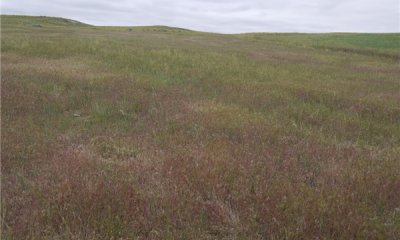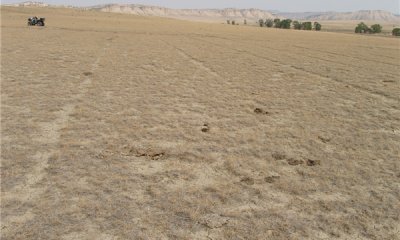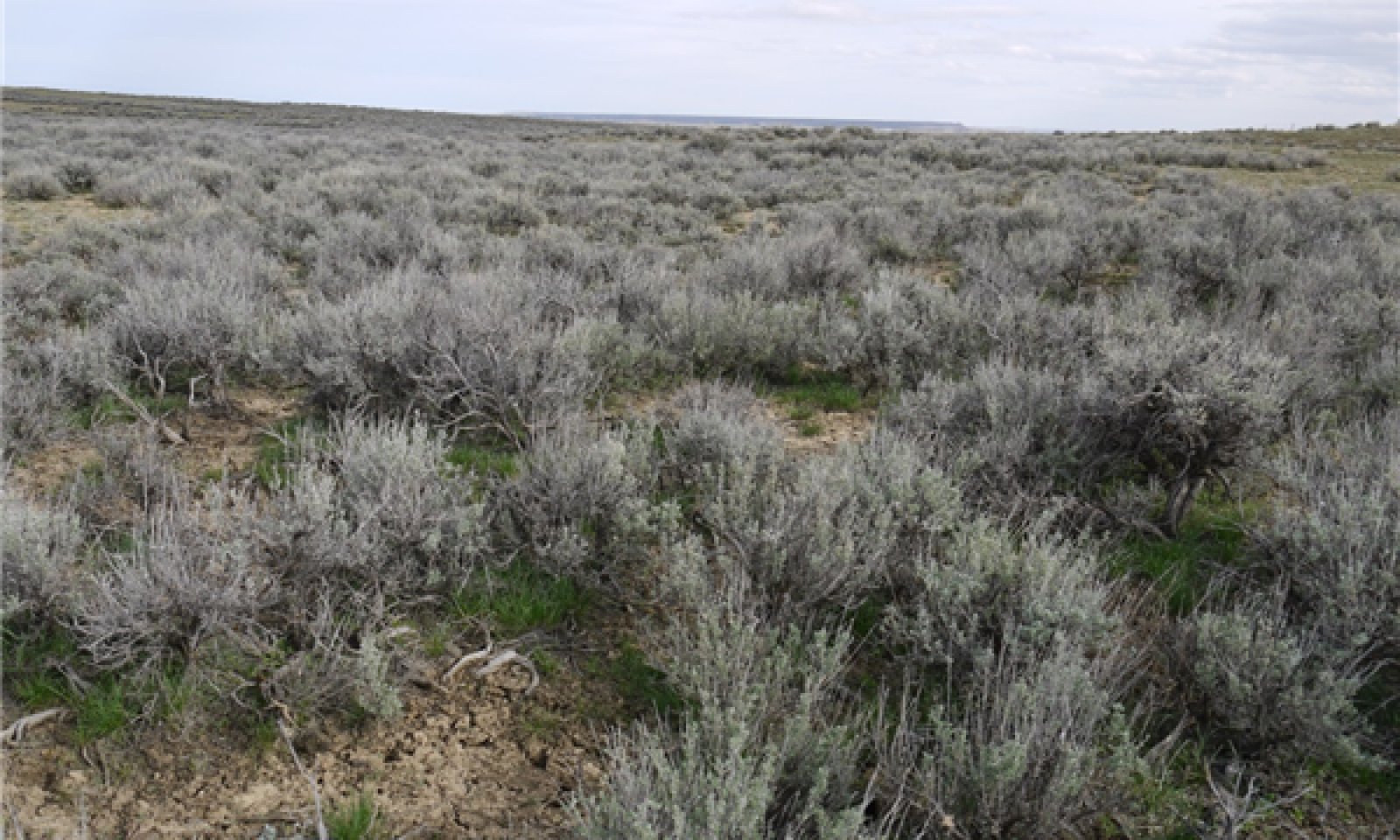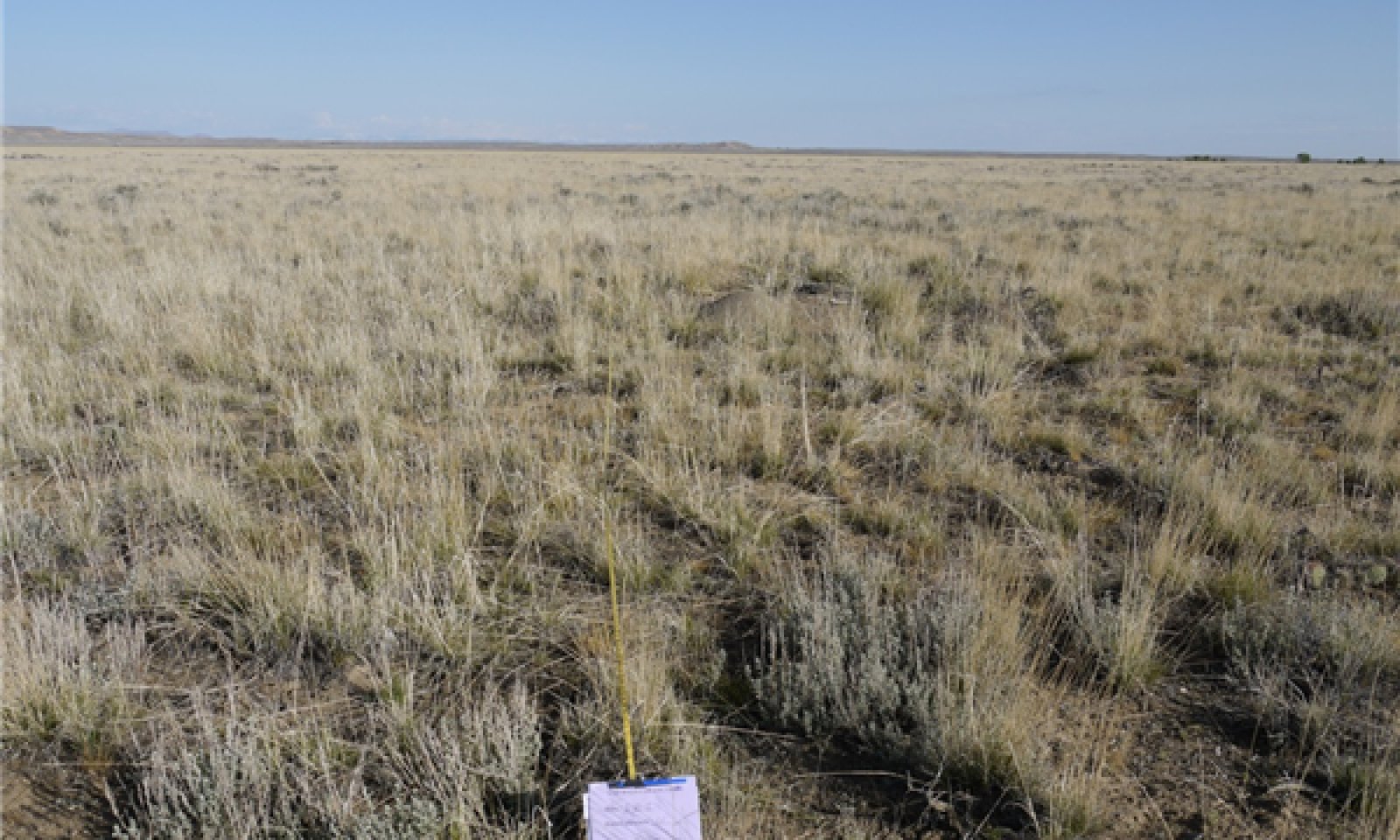
Loamy (Ly) Big Horn Basin Core
Scenario model
Current ecosystem state
Select a state
Management practices/drivers
Select a transition or restoration pathway
- Transition T1A More details
- Transition T1B More details
- Transition T1C More details
- Restoration pathway R2A More details
- Transition T2A More details
- Transition T2B More details
- Restoration pathway R3A More details
- Transition T3A More details
- Transition T3B More details
- Transition T4A More details
- Restoration pathway R5A More details
- Transition T6A More details
-
No transition or restoration pathway between the selected states has been described
Target ecosystem state
Select a state
State 1
Reference



Description
The reference state is noted with 15% or less composition by weight of Wyoming big sagebrush, with a healthy, diverse mixture of Bluebunch wheatgrass, at 20% or less composition by weight, rhizomatous wheatgrasses, Western and Thickspike, as well as Indian ricegrass, Needleandthread, and Bottlebrush squirreltail. Threadleaf sedge and Blue grama are minor contributors to this state, but are still present in the communities.
Submodel
State 2
Sod Bound
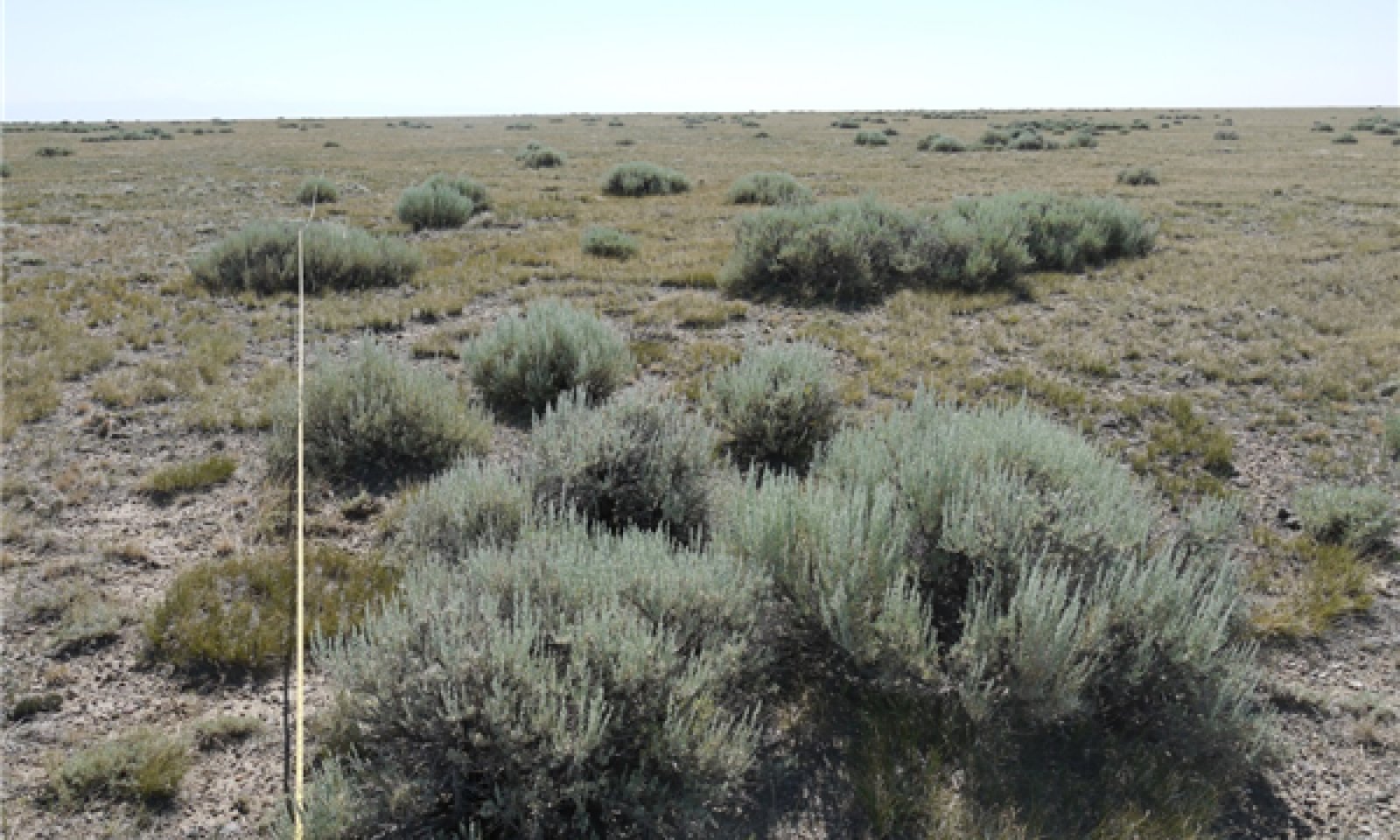


Description
The two dominant sod-forming species that currently exist within this LRU are Blue grama and Threadleaf sedge. Both are species that persist as a component of the perennial vegetation naturally (in reference communities 1.1 and 1.2) in the ecological site. The general tendency of these species is to increase under grazing pressure, becoming dominant. The species that gains dominance is unclear. But it appears to be dependent on one or multiple of three specific factors: the specific conditions that forced the transition; underlying soil characteristics for each site; or the species that is more prevalent in the community before grazing disturbance occurs.
Submodel
Description
The low precipitation range and the increased temperatures of the Big Horn Basin, leave many plants stressed without management pressure considered. The average climate shows more below normal years of precipitation than above normal years leaving little margin of error in management. Any state that maintains a sagebrush component within this ecological site is at risk of transitioning to the Sagebrush/Bare ground state. Prolonged drought, timing of grazing and lack of grazing management, as well as lack of fire can exacerbate this transition. In many cases the amount or density of sagebrush will not change in this state, but as the herbaceous species decline, the composition percentage of sagebrush will appear to increase. Given the appropriate conditions, however, sagebrush encroachment can also force herbaceous production to decline.
Submodel
State 4
Invaded Sagebrush
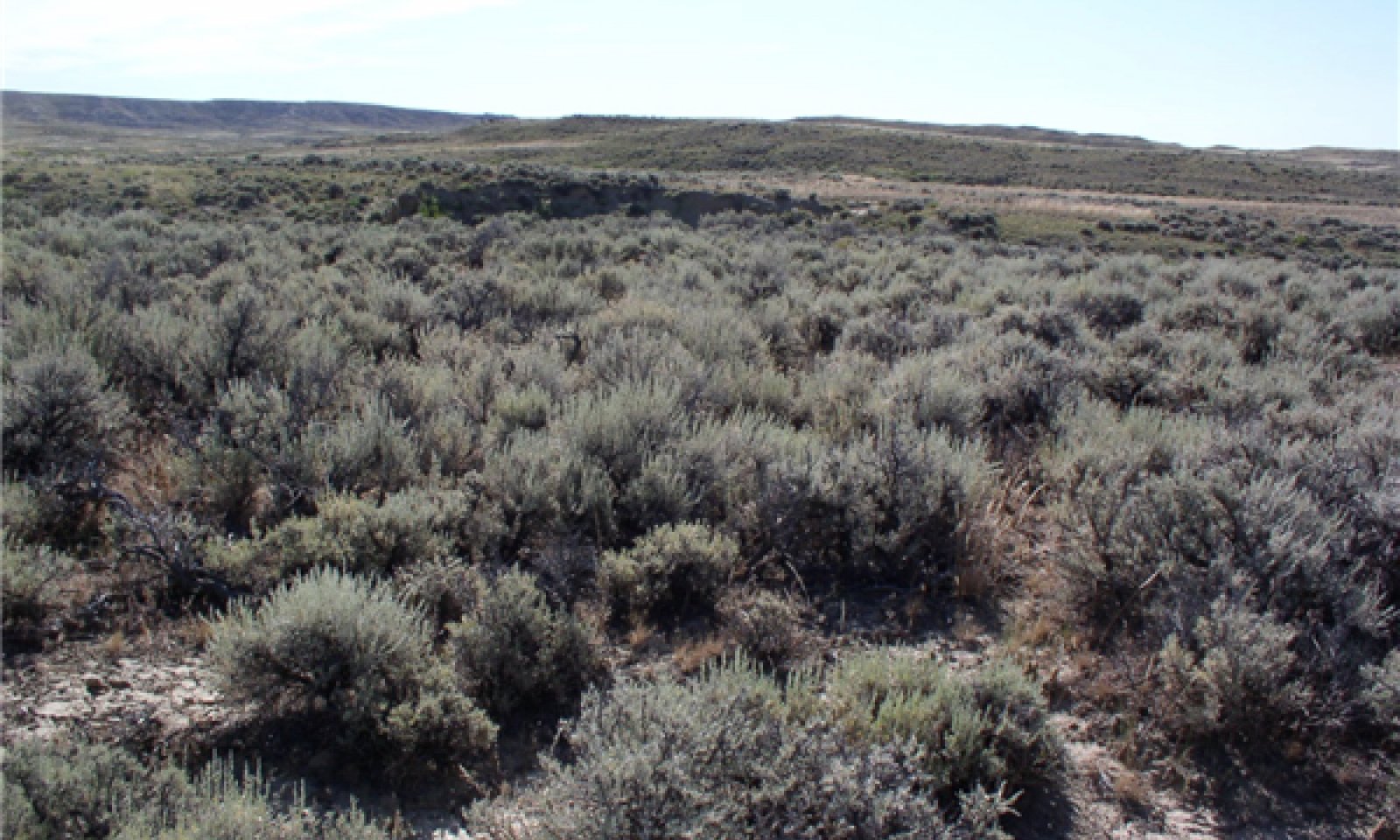


Description
Invasive plant species are a permanent concern with rangelands and management. Each year new species are discovered and will alter this section as they are. Currently within the Big Horn Basin there are several varieties of thistles, knapweeds, milkweeds, mustards and others that create a management issue for livestock and ecology. In areas where there has been a disturbance, natural or man-made, these species can gain a place in the landscape and are difficult to impossible to eradicate. It becomes a battle to maintain control of these invasive species, with annual and prolonged management, and preventing further shifts or changes to the native composition.
Submodel
Description
Currently within the Big Horn Basin, Cheatgrass or Downy brome (Bromus tectorum) is the invasive annual grass species that has been a concern for management. Although there are many other species of forbs that are becoming monoculture stands, Cheatgrass is the species that is taking large acres of land quickly in this region.
Knapweed, namely spotted, also became dominate in large dense stands and produces an even more challenging set of management issues. As more species are found within the Big Horn Basin or as other species become more prevalent in large scale communities, this section will need to shift to meet the concerns of these species. But with the persistence of Cheatgrass and the lack of a successful control agent at this time, it is not conceivable that Cheatgrass will ever go away or become less of a management challenge.
This state is characterized by the lack of all or most of the shrub component of this site. Whether drought or wildfire has removed this component, the competitive nature of annuals, the altered fire regime created by Cheatgrass, and the effect of the loss of the shrub component itself creates an environment that does not support the propagation of new shrubs.
Submodel
State 6
Disturbed



Description
The Degraded state could be drafted as a stand-alone box within the state and transition model diagram. No matter what state a location originally ranks in, once the land is mechanically disturbed, or suffers a catastrophic or significant natural disaster that alters the soil properties (erosional, depositional, hydrological or chemical), the site potential is altered. To consider this as an alternate ecological site would not be unreasonable. In some cases (site by site consideration), a re-correlation of a location may be the best solution. But in many cases, the site has not been altered out of the current ecological site, but the potential has shifted enough that it is no longer truly comparable to the reference, state 1. So a dynamic state was captured to detail the altered communities that exist on the landscape.
Submodel
Mechanism
Frequent Grazing (Yearlong), Brush Management or Fire with Drought – With time, or acerbated with drought, severe and frequent grazing of this plant community will reduce the bunchgrasses and wheatgrasses, and will allow the short statured warm-season grasses to become dominant. In some cases, Threadleaf sedge will become dominant, or will be equally competitive with Blue grama, in the community. When the Sagebrush component of this community has been affected, by drought or heavy use, or has been removed altogether, this transition has a high probability of occurrence on the landscape. Time and timing of grazing may also have an effect on this transition or may help reduce the risk of this transition.
Mechanism
Frequent and severe Grazing, No Fire, Drought - will convert the plant community to the Wyoming Big Sagebrush/Bare Ground Plant Community. The probability of this occurring is high. This is especially evident on areas with historically higher precipitation and the sagebrush stand is not adversely impacted by drought or heavy browsing. Drought or shifts in spring precipitation can create this community on locations with a high dominance of Needleandthread. In a normal precipitation pattern, Needleandthread is constant and productive on a reference site. When the spring is cooler or drier than needed for Needleandthread to thrive, the site will have significant reduction in production and show more bare ground or a more open canopy.
Mechanism
Frequent and severe Grazing, Fire, or Drought - The influence of fire in these communities opens the canopy for invaders such as Cheatgrass (Downy brome), thistles, knapweeds, and other invasive species to become established. Drought alone, or if acerbated by fire, will also create the perfect conditions for invasion of the plant community. It has been documented across the Big Horn Basin with trend photos, that as the drought persists, Cheatgrass has increased exponentially each year, starting along roadways or disturbed areas and then radiating out from there.
Mechanism
Mechanical treatments Range seeding - Grazing land mechanical treatment (chiseling, etc.) and prickly pear cactus control (if needed), followed by prescribed grazing, and possibly seeding of natives was suggested as a possibility to transition this community back to near reference. There are a number of areas within the Basin that were treated with a mechanical measure, some areas were seeded and others were furrowed and left. Success appears to be minimal over all, showing no signs of a location returning to reference community. However, it did show an increase within the chisel rows as well as established fields of Crested Wheatgrass and Russian wild rye. No documentation of trials or success has been located.
Relevant conservation practices
| Practice | External resources |
|---|---|
|
Brush Management |
|
|
Grazing Land Mechanical Treatment |
|
|
Range Planting |
|
|
Integrated Pest Management (IPM) |
|
|
Native Plant Community Restoration and Management |
|
|
Prescribed Grazing |
|
|
Invasive Plant Species Control |
Mechanism
Brush Management, Frequent or Severe Grazing, Drought – The Wyoming big sagebrush component of this community is the at risk species. Sagebrush will decrease under drought, and if grazing pressures persist through the growing season or year-long patterns, becoming decadent and then dying. The sod dominated community reduces the ability for sagebrush to propagate, also leading to a recession of sagebrush. Although rare in occurrence, due to the lack of fine fuels and canopy cover, fire will remove the shrub canopy as well. In some cases on the edge of the precipitation break, Rubber rabbitbrush will dominate a site as sagebrush diminishes. It is also noted that with periods of drought that have occurred in the past ten years, there is a noticeable decrease in the health and vigor of Blue grama and Threadleaf sedge. The dense root structure of the sod-former plants is reduced allowing other species to establish. The spring of 2014 has shown a flush of Sandberg bluegrass occupying Blue grama communities, and in some instances appear to be the dominant production within the community.
Mechanism
Fire (wild or prescribed), Brush Management, Drought, Frequent or severe Grazing – When a disturbance decreases and then removes the sagebrush canopy of this site, the perennial grasses and forbs that are established are not able to protect or stabilize the site and it is extremely vulnerable to Cheatgrass invasion, especially following fire and drought, if a seed source is present. As the cheatgrass is left untreated it will eventually push the native species out of the community so that small remnants of sagebrush and a nearly monoculture stand of cheatgrass presists.
Mechanism
Brush management, followed by prescribed grazing, will aid in brining this site back to a herbaceous dominated site. Many times Blue grama or threadleaf sedge, if present, will respond when other forbs will not. If prescribed fire is used as a means to reduce or remove the shrubs, sufficient fine fuels will need to be present. This may require deferment from grazing prior to treatment. Post-management is critical to ensure success. This can range from two or more years of rest to partial growing season deferment, depending on the condition of the understory at the time of treatment and the growing conditions following treatment. In the case of an intense wildfire that occurs when desirable plants are not completely dormant, the length of time for recovery may be increased and seeding of natives is recommended.
Relevant conservation practices
| Practice | External resources |
|---|---|
|
Brush Management |
|
|
Prescribed Burning |
|
|
Range Planting |
|
|
Integrated Pest Management (IPM) |
|
|
Native Plant Community Restoration and Management |
|
|
Prescribed Grazing |
|
|
Invasive Plant Species Control |
Mechanism
Frequent or Severe Grazing, Brush Management, Wildfire, Drought, or No Use – Disturbance from grazing or brush management, or fire can open the canopy and provide a seed source for invasive species to establish, such as knapweed, Cheatgrass, and others. No use can also lead to decadence and then reduction in Wyoming big sagebrush that can lead to a risk from invaders. The amount of bare ground and the lack of perennial grasses lends to a vulnerable plant community.
Mechanism
Fire (wild or prescribed), Brush Management, Drought, Frequent or severe Grazing – When a disturbance decreases and then removes the sagebrush canopy of this site, the perennial grasses and forbs that are established are not able to protect or stabilize the site and it is extremely vulnerable to Cheatgrass invasion, especially following fire and drought, if a seed source is present. With the increased fire frequency as Cheatgrass establishes in a community, it leads to the removal of sagebrush and other shrubs; allowing for a monoculture stand of Cheatgrass.
Mechanism
Fire (wild), Frequent or severe grazing, Drought – The threshold species in this system is the Wyoming big sagebrush, which is providing a niche for the perennial natives to persist in the landscape. Once the sagebrush is affected by the altered (shortened) fire frequency of this state due to the invasive species (primarily Cheatgrass), or with the persistence of drought and frequent or severe grazing, then this niche begins to fade or can be taken rather suddenly in the case of a fire. Once the sagebrush has died back or has been removed by fire it is very difficult to return and may require several years (25 years or greater) to return or may not without outside assistance.
Mechanism
Integrated Pest Management, with Seeding the site to a native mixture - Success is not known to have occurred, and is rated to be low and highly variable for the rate of control of most species. Cheatgrass and knapweeds are two of the most invasive species for many locations, but there are many other species; for example, Whitetop (Hoarycress), that can dominate a community. It is a consensus that the site can be reclaimed to nearly an at-risk community within the reference state, but that it is not possible to reach the reference community condition once annuals have established on a site.
Relevant conservation practices
| Practice | External resources |
|---|---|
|
Critical Area Planting |
|
|
Range Planting |
|
|
Heavy Use Area Protection |
|
|
Integrated Pest Management (IPM) |
|
|
Native Plant Community Restoration and Management |
|
|
Prescribed Grazing |
|
|
Invasive Plant Species Control |
Mechanism
No Use, Fire (wild or prescribed), Frequent or severe Grazing, Drought – Reclamation lands that are not managed properly when the establishment is still young or under drought conditions or in the case of a burn or wildfire, may not have the seed bank or a seed source to re-vegetate and may transition back to a disturbed site. Much like native sites, extended periods of no use, as seen in exclosures in the region, the plant community will slowly mature out and loose productivity, creating an open canopy where invasive species can begin to establish in the community. In some instance these sites become soft, inviting small rodent populations to establish and thus creating a disturbance issue. The successional pathways between a disturbed land and a reclaimed land are limited by time and climate greater than a native community.
Model keys
Briefcase
Add ecological sites and Major Land Resource Areas to your briefcase by clicking on the briefcase (![]() ) icon wherever it occurs. Drag and drop items to reorder. Cookies are used to store briefcase items between browsing sessions. Because of this, the number of items that can be added to your briefcase is limited, and briefcase items added on one device and browser cannot be accessed from another device or browser. Users who do not wish to place cookies on their devices should not use the briefcase tool. Briefcase cookies serve no other purpose than described here and are deleted whenever browsing history is cleared.
) icon wherever it occurs. Drag and drop items to reorder. Cookies are used to store briefcase items between browsing sessions. Because of this, the number of items that can be added to your briefcase is limited, and briefcase items added on one device and browser cannot be accessed from another device or browser. Users who do not wish to place cookies on their devices should not use the briefcase tool. Briefcase cookies serve no other purpose than described here and are deleted whenever browsing history is cleared.
Ecological sites
Major Land Resource Areas
The Ecosystem Dynamics Interpretive Tool is an information system framework developed by the USDA-ARS Jornada Experimental Range, USDA Natural Resources Conservation Service, and New Mexico State University.




